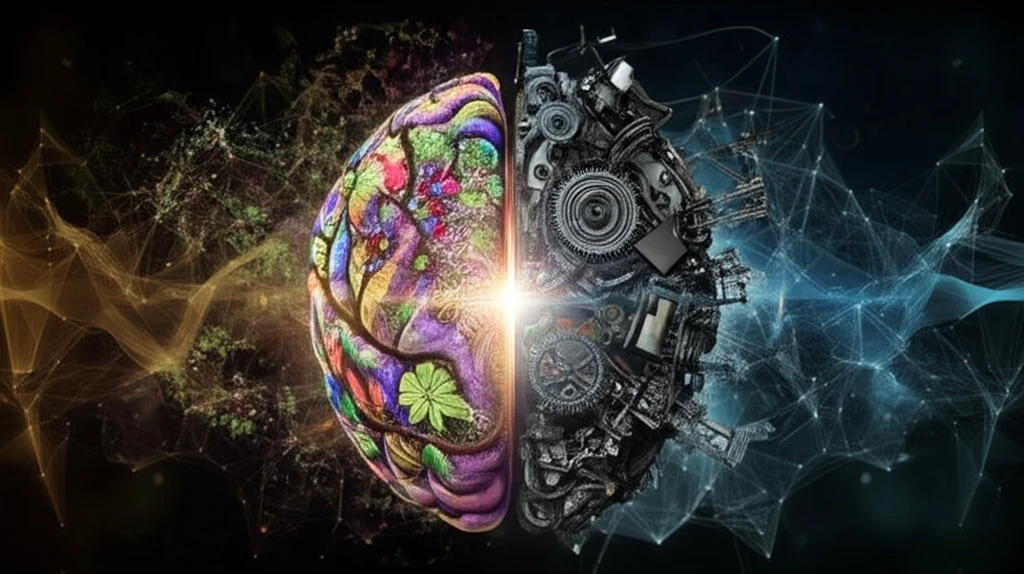
Unlock Your Brain's Hidden Potential: How Distinctive Thinking Shapes Memory
"Explore the fascinating science of semantic memory and discover how focusing on unique details can sharpen your cognitive abilities."
Ever wonder how you remember the difference between a zebra and a horse? It's not just about the general characteristics they share, like having four legs. It's the unique features, like the zebra's stripes, that help your brain distinguish and recall specific concepts. This process, known as accessing distinctive semantic features, is a cornerstone of how we understand and navigate the world.
For years, researchers studying neurodegenerative diseases like semantic dementia (SD) have observed that the ability to recall these distinctive features is often one of the first cognitive functions to decline. This has led to a deeper investigation into how our brains, particularly a region called the anterior temporal lobe (ATL), handle this crucial aspect of memory. But what about healthy brains? How do they use distinctive features, and what role does the ATL play in this process?
A groundbreaking study published in Cognitive, Affective, & Behavioral Neuroscience sheds light on this very question. Using fMRI technology, researchers explored the neural activation patterns in healthy adults as they identified both shared and distinctive semantic features. The results offer new insights into how our brains process information and could pave the way for strategies to enhance memory and cognitive function.
Decoding Distinctive Features: What the Research Reveals

The study, led by Megan Reilly and her team, focused on understanding how the brain differentiates between shared and distinctive features in both natural kinds (like animals and plants) and man-made artifacts. Participants were asked to verify whether a given feature was associated with a specific concept while their brain activity was monitored using fMRI. This allowed researchers to pinpoint which areas of the brain were most active during the processing of each type of feature.
- Anterior Temporal Lobe (ATL): This brain region is crucial for processing distinctive features, helping us differentiate between concepts.
- Natural Kinds vs. Artifacts: The ATL shows stronger activation for distinctive features of natural kinds, indicating a heightened sensitivity to unique details in the natural world.
- Semantic Memory: These findings support a model where specific semantic information partially explains neural activation differences between categories.
Sharpening Your Mind: Practical Takeaways
So, what does this mean for you? Understanding how your brain processes distinctive features can open doors to enhancing your memory and cognitive skills. By actively focusing on the unique details of concepts, whether you're studying for an exam, learning a new skill, or simply trying to remember a name, you can leverage your brain's natural mechanisms for better recall and understanding. Embrace the power of distinctive thinking and unlock your brain's hidden potential.
